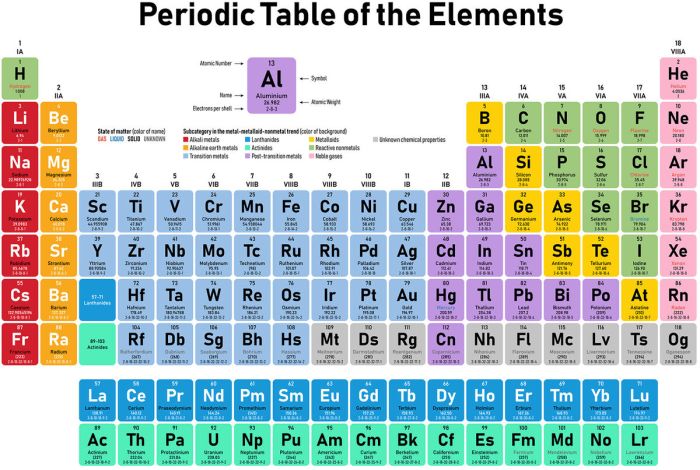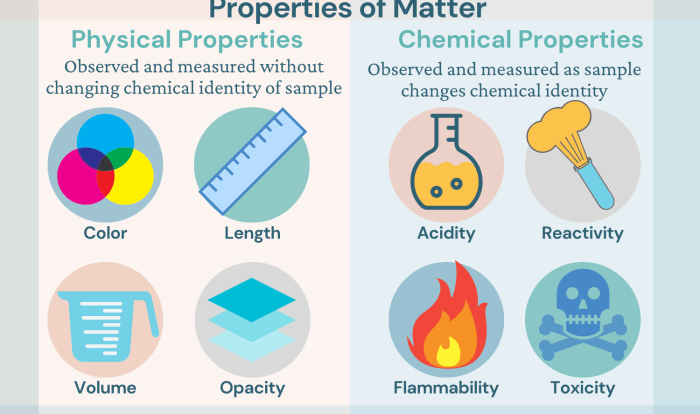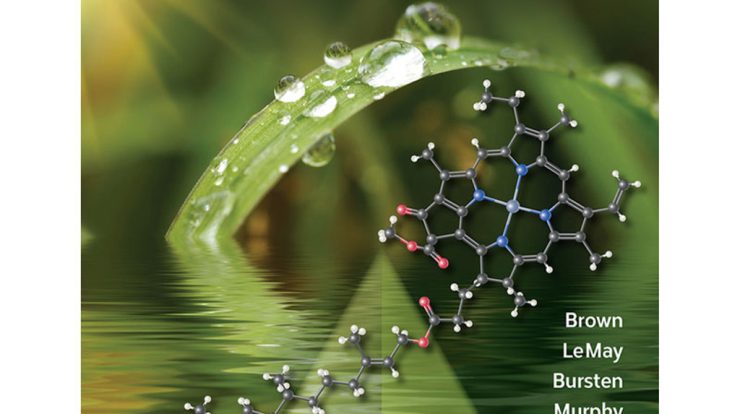Chemistry class model crossword clue – The realm of chemistry is a vast and intricate landscape, where the study of matter and its interactions unveils the fundamental building blocks of our universe. Within this realm, chemistry classes serve as gateways to unlocking the secrets of this captivating science, employing diverse models to illuminate complex concepts.
One such enigmatic puzzle lies within the realm of crossword puzzles, where the chemistry class model crossword clue challenges solvers to unravel the intricacies of these models.
This guide delves into the depths of chemistry class models, exploring their definitions, types, and significance in unraveling crossword clues. By deciphering the relationship between chemistry concepts and crossword puzzles, we embark on a journey that transforms cryptic hints into moments of scientific enlightenment.
Definitions

Chemistry is the scientific study of matter and the changes it undergoes. A class model is a representation of a class of objects that shares common characteristics. In the context of a crossword clue, the definition of chemistry might be “the study of matter,” and the definition of class model might be “a representation of a group of objects.”
These definitions relate to the crossword clue because they provide a basic understanding of the terms “chemistry” and “class model.” This understanding can help the solver to guess the correct answer to the clue.
Importance of Definitions
Definitions are important in crossword puzzles because they provide the solver with a starting point for guessing the correct answer. A good definition will be clear and concise, and it will provide enough information to help the solver narrow down the possibilities.
Types of Chemistry Classes
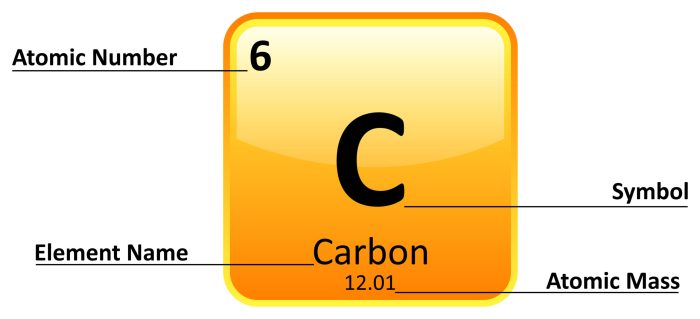
Chemistry is a vast and diverse field, encompassing various sub-disciplines. As a result, different types of chemistry classes are offered to cater to specific areas of interest and career paths.
One of the most fundamental courses is General Chemistry, which provides a broad overview of the subject. It covers topics such as atomic structure, chemical bonding, thermodynamics, kinetics, and equilibrium. General chemistry forms the foundation for more specialized courses.
Organic Chemistry
Organic chemistry focuses on the study of compounds containing carbon. These compounds are essential for life and are found in a wide range of natural and synthetic materials. Organic chemistry classes cover topics such as the structure, reactivity, and synthesis of organic molecules.
Biochemistry
Biochemistry is the study of chemical processes in living organisms. It combines elements of chemistry, biology, and medicine to understand how molecules interact within cells and tissues. Biochemistry classes explore topics such as metabolism, enzyme catalysis, and molecular genetics.
Chemistry Class Models

Chemistry class models are simplified representations of chemical structures or processes. They help students visualize and understand complex concepts, such as the arrangement of atoms in molecules, the interactions between molecules, and the changes that occur during chemical reactions.
There are several different types of chemistry class models, each with its own strengths and weaknesses. Some of the most common models include:
Atomic Models
Atomic models represent the structure of atoms. They show the arrangement of protons, neutrons, and electrons within the atom. Atomic models can be used to explain a variety of chemical concepts, such as atomic number, atomic mass, and electron configuration.
The most common atomic model is the Bohr model. The Bohr model depicts the atom as a small, dense nucleus surrounded by electrons that orbit the nucleus in fixed energy levels. While the Bohr model is a useful introduction to atomic structure, it does not accurately describe the behavior of electrons in atoms.
A more accurate atomic model is the quantum mechanical model. The quantum mechanical model describes the behavior of electrons in atoms using wave functions. Wave functions are mathematical functions that describe the probability of finding an electron at a particular location in space.
Molecular Models
Molecular models represent the structure of molecules. They show the arrangement of atoms in molecules and the bonds between atoms. Molecular models can be used to explain a variety of chemical concepts, such as molecular geometry, bond length, and bond angle.
The most common molecular model is the ball-and-stick model. The ball-and-stick model represents atoms as spheres and bonds as sticks. Ball-and-stick models are simple to construct and can be used to represent a wide variety of molecules.
A more accurate molecular model is the space-filling model. The space-filling model represents atoms as spheres that are scaled to their actual size. Space-filling models can be used to show the relative sizes of atoms and molecules.
Crossword Clues
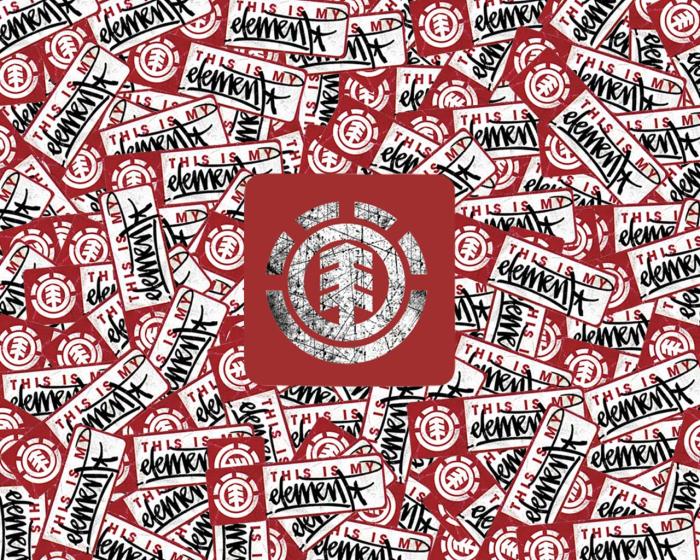
Analyzing the Crossword Clue: “Chemistry Class Model”, Chemistry class model crossword clue
To solve the crossword clue “chemistry class model,” we must first understand the definitions and types of chemistry classes and models.
Chemistry classes can be categorized based on their level and focus. Common types include:
- Introductory chemistry
- General chemistry
- Organic chemistry
- Inorganic chemistry
- Physical chemistry
Chemistry models, on the other hand, are simplified representations of chemical structures or processes. They can be physical (e.g., molecular models) or conceptual (e.g., electron dot diagrams). Some common types of chemistry models include:
- Ball-and-stick models
- Space-filling models
- Lewis structures
- Molecular orbitals
By considering the definitions and types of chemistry classes and models, we can deduce that the answer to the crossword clue “chemistry class model” is likely a specific type of chemistry model used in a particular chemistry class.
Examples
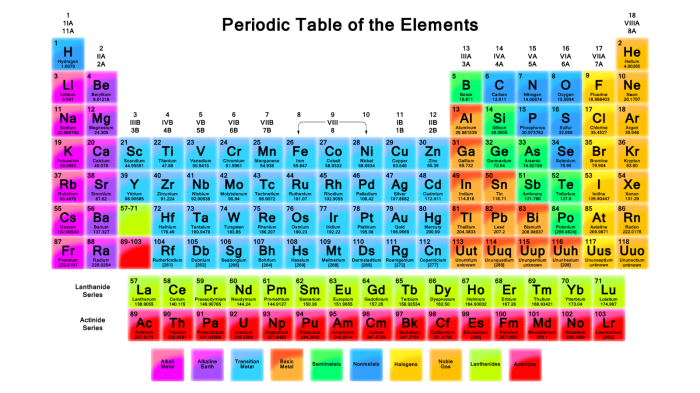
Crossword clues related to chemistry class models can be challenging but also engaging for students. By using the information provided in the definitions, types of chemistry classes, and chemistry class models, students can solve these clues and reinforce their understanding of the subject matter.
Here are some examples of crossword clues that relate to chemistry class models:
- Across: A model of the atom that shows the arrangement of electrons in different energy levels (6 letters)
- Down: A model of a molecule that shows the bonding between atoms (7 letters)
- Across: A model of a chemical reaction that shows the changes in the arrangement of atoms (8 letters)
To solve these clues, students can use the information provided in the definitions, types of chemistry classes, and chemistry class models. For example, to solve the first clue, students would need to know that an atom is a model of the basic unit of matter and that electrons are arranged in different energy levels.
They could then use this information to infer that the answer to the clue is “Bohr model.”
Solving crossword clues related to chemistry class models can be a fun and effective way for students to review and reinforce their understanding of the subject matter.
Questions Often Asked: Chemistry Class Model Crossword Clue
What is the significance of chemistry class models in crossword puzzles?
Chemistry class models provide a framework for understanding complex chemical concepts, which can be valuable in solving crossword clues that test chemistry knowledge.
How can I identify chemistry class models in crossword clues?
Look for clues that mention specific models, such as the atomic model or the molecular model, or that describe chemical concepts that are typically taught using models.
What are some examples of chemistry class models?
Common chemistry class models include the atomic model, the molecular model, the electron configuration model, and the orbital model.
